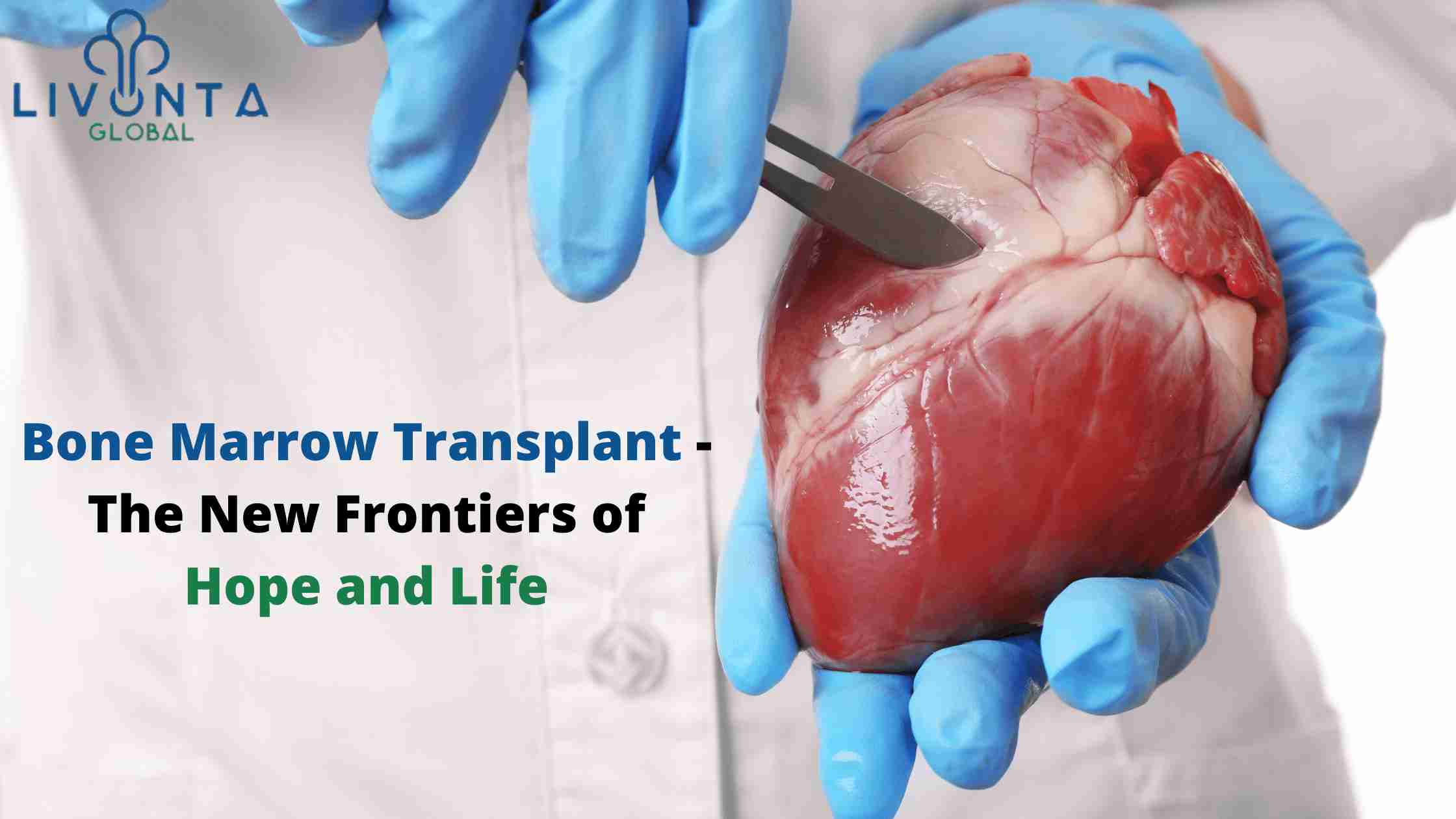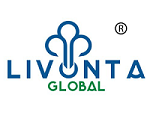
Bone Marrow Transplant – The New Frontiers of Hope and Life
A medical treatment called bone marrow transplantation (BMT) replaces unhealthy bone marrow cells with functional ones. In this procedure, the recipient receives an injection of bone marrow stem cells, which are in charge of creating different blood cells such red blood cells, white blood cells, and platelets, following a brief course of chemotherapy known as “Conditioning.” This is one of the most popular and effective parts of cancer treatment in India as and when suggested by doctors.
When is BMT required?
When you are getting the best cancer treatment in India, there can be a number of reasons why the doctor might think BMT is needed. In anyone suffering from any of the below-mentioned symptoms, they might need BMT after a thorough diagnosis –
- Skin lesions- when the plasma cells may form purple lumps
- Painless swollen lymph nodes in neck, armpits or groin
- Abdominal pain or swelling
- Increased sensitivity in lymph nodes
- Severe palpitations
- Easy bruising and bleeding
- Enlarged Spleen and liver
- Congenital conditions like short stature, abnormalities of skin, head, ears and development disabilities.
Types of Transplants
Leukemia, lymphoma, and multiple myeloma are just a few of the haematological (blood-related) and oncological (cancer-related) illnesses for which this therapy has been found to be incredibly beneficial. The following are various hematopoietic stem cell transplant procedures:
Autologous Hematopoietic Stem Cell Transplantation
The patient’s own stem cells are used in this transplant technique. Following growth factor injections into the patient for 4-5 days, these stem cells are typically extracted from the patient’s vein using a cell separator machine. After gathering enough stem cells, the patient receives large doses of chemotherapy to eradicate the illness.
Indications: Multiple myeloma, Lymphoma, Acute Myeloid Leukemia, Neuroblastoma, Certain Brain Tumors
Allogeneic Hematopoietic Stem cell Transplantation
A donor is used to harvest stem cells. Special blood tests are used to determine the donor’s genetic compatibility with the patient, who must share a portion of the donor’s genes. Most frequently, a brother or sister and occasionally other family members make suitable partners.
Indications:
- Thalassemia
- Sickle cell anaemia
- Aplastic anaemia
- Fanconi anaemia
- Pure red cell aplasia
- Metabolic disorders like Gaucher’s disease
- Krabbe’s disease
- Immunodeficiency states-SCID
- leukocyte adhesion deficiency
- Hemophagocytic lymphohistiocytosis
- Acute lymphoblastic leukaemia (ALL)
- Acute myeloid leukaemia (AML)
- Chronic myeloid leukaemia (CML)
Is Surgery required?
It is “infrequently” needed. Aspirations of the bone marrow are only used to extract stem cells from donors who are very tiny. Most often, stem cells are obtained through a peripheral vein, and the process is similar to giving platelets or blood.
Is there any risk for the donor?
Within six to twelve months after a successful transplant, the patient can resume normal activities. It is a very safe treatment for the donor. The risk to the donor is very low thanks to contemporary improvements. They might experience physical ache or a fever for about a day, whichever is most tolerable. Both admission and anaesthesia are not necessary for the donor.
What happens if there is no donor available?
These days, we may check international bone marrow donor databases for unrelated donors. There are already a number of individuals who have benefited from bone marrow or stem cell transplants using supplies brought to India from international institutes.
Bone Marrow Transplant TreatmentTags: bone marrow transplant, leukemia, lymphoma, medical treatment, Stem Cell

